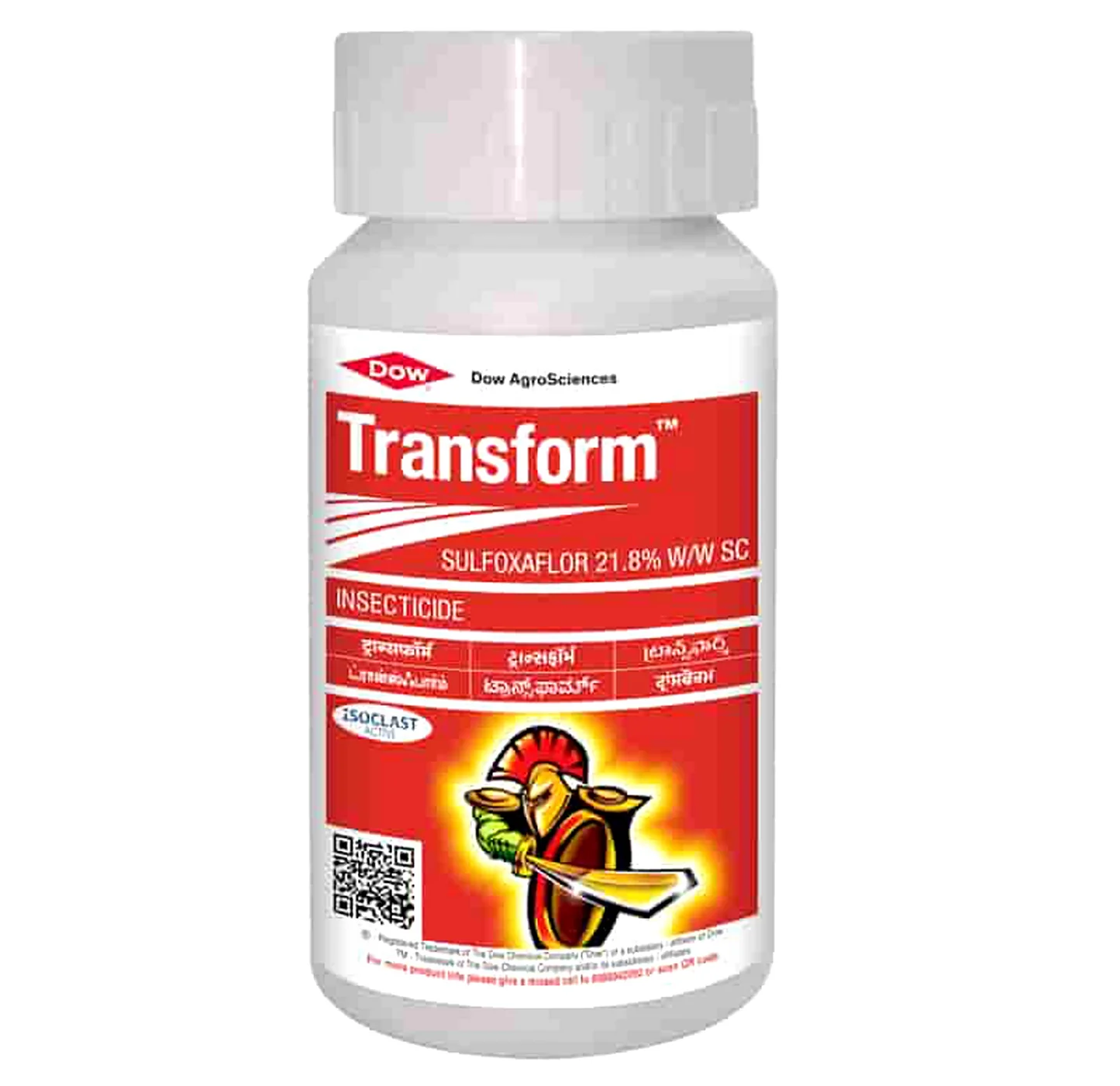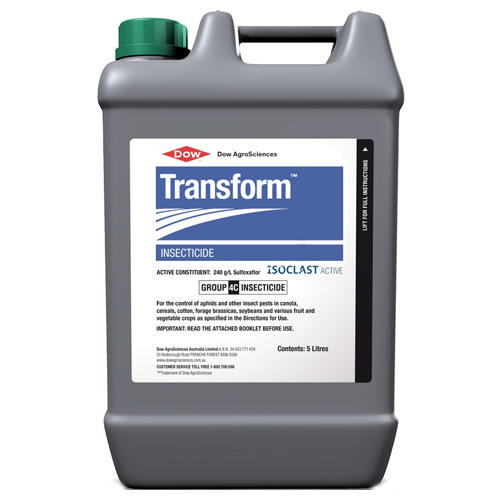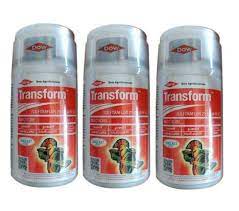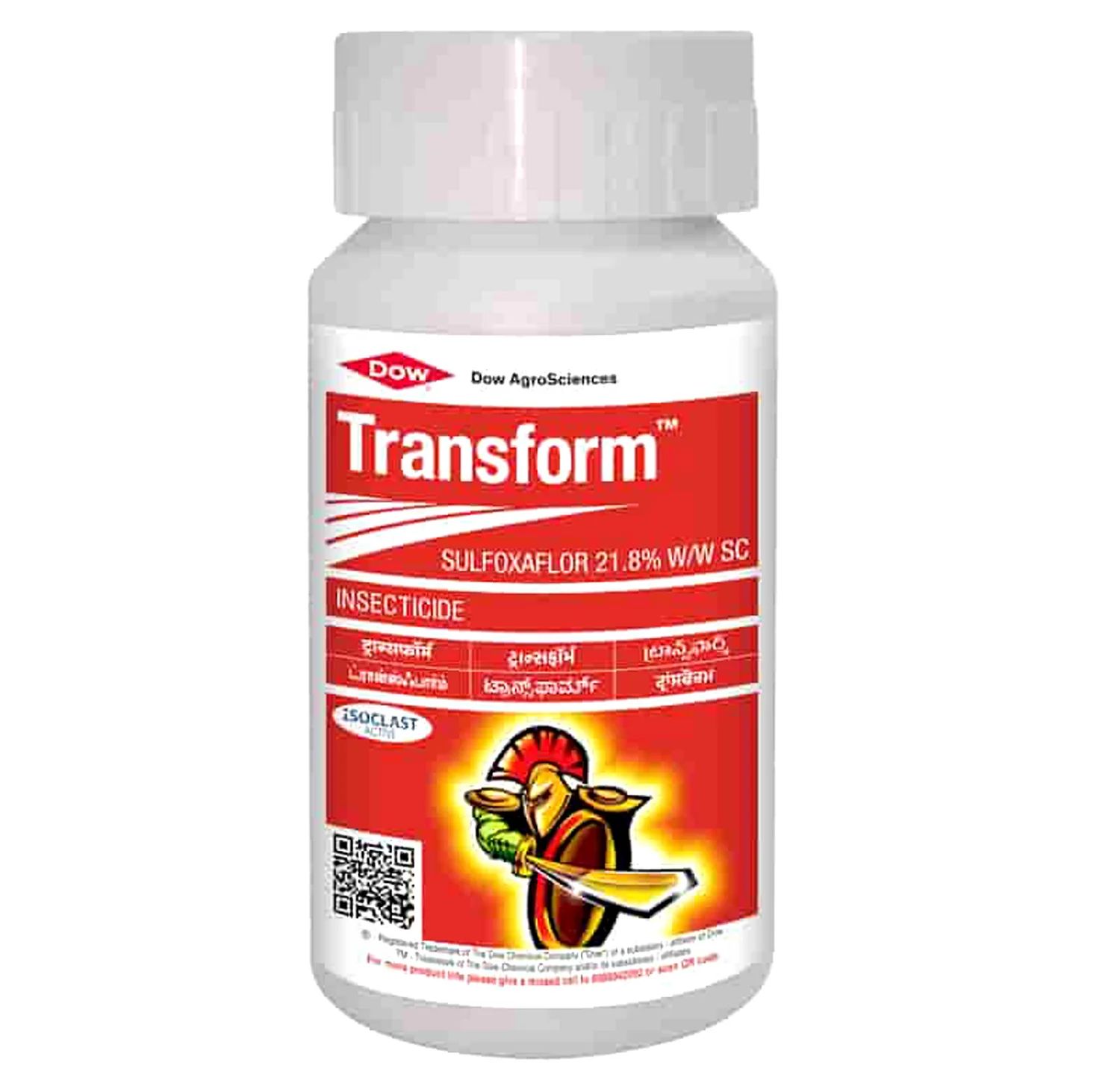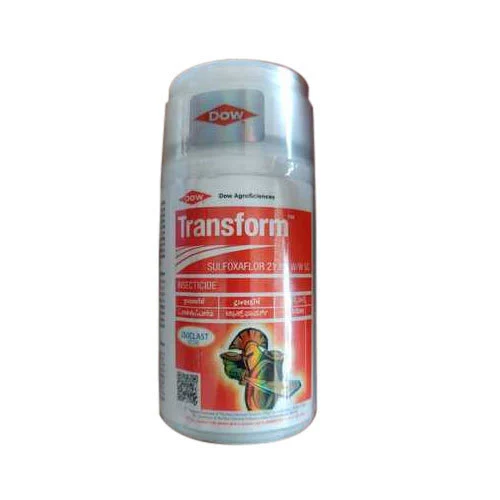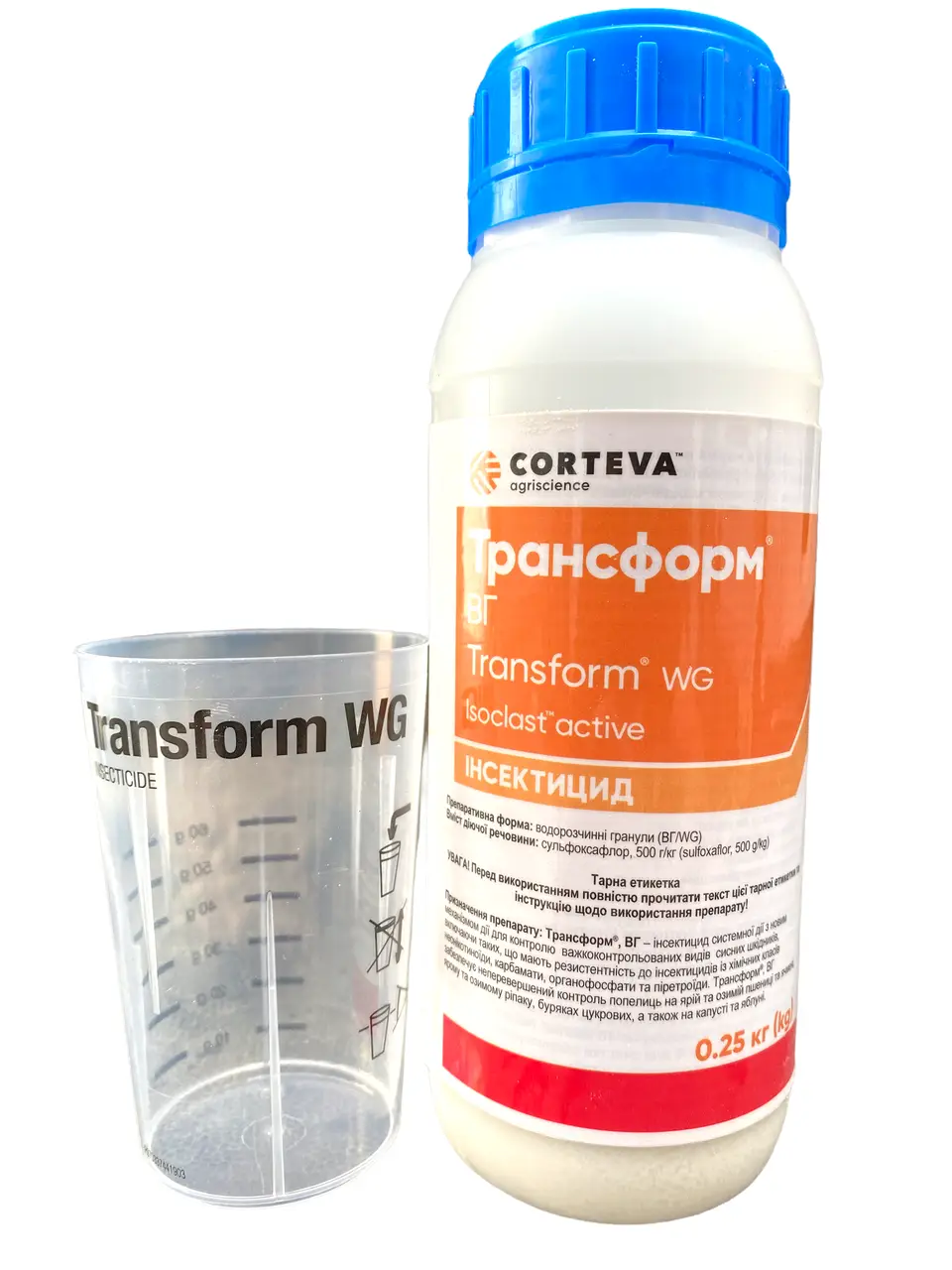Description
Transform, also known by its chemical name sulfoxaflor, is a novel insecticide that has gained considerable attention in agricultural circles due to its unique chemical composition and mode of action. As a member of the sulfoximine class of insecticides, Transform acts primarily on the nervous system of insects, disrupting their normal functioning and leading to rapid mortality. This targeted approach makes it particularly effective against a range of sap-sucking pests such as aphids, whiteflies, and thrips, which are notorious for causing damage to various crops.
One of the significant advantages of Transform is its selectivity and lower toxicity to beneficial insects when used according to recommended guidelines. This characteristic has positioned it as a valuable tool in integrated pest management (IPM) strategies, allowing farmers to control pest populations while minimizing the impact on non-target species, including pollinators such as bees. Moreover, Transform has shown efficacy in managing insect resistance, making it an essential asset for farmers facing challenges with pest adaptation to traditional insecticides.
Despite its benefits, the application of Transform is not without controversy. Some environmental groups have raised concerns about the potential impacts on non-target organisms and the environment. As with any agricultural chemical, proper usage guidelines, adherence to safety protocols, and ongoing research into its effects are crucial for ensuring that sulfoxaflor is used responsibly. Balancing pest control with ecological integrity will remain a key focus for stakeholders in the agricultural sector as the use of Transform and similar products continues to evolve.
